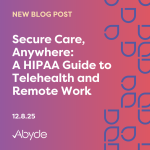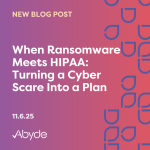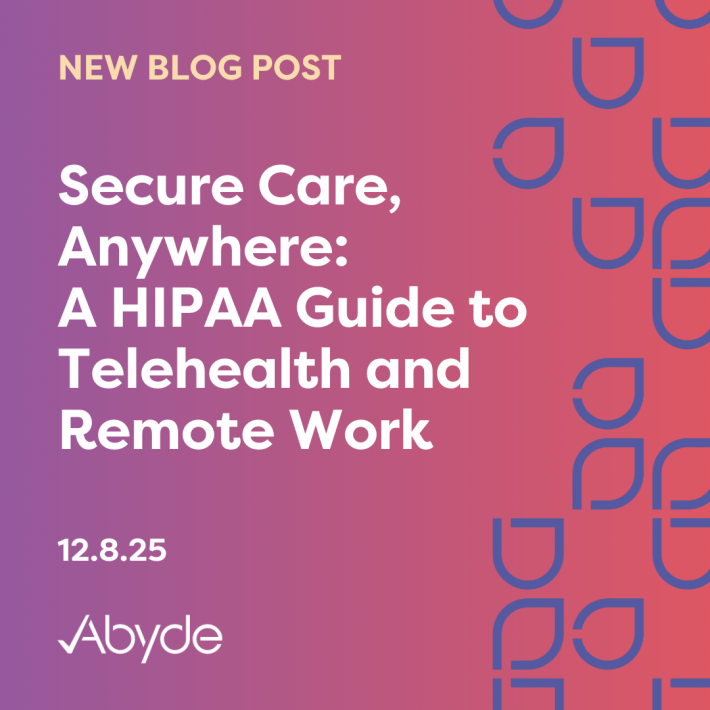September 12, 2024
Picture this: it’s time for your annual HIPAA training. Once you complete all the staff training, you’ll be compliant for the year, right?
You would actually be mistaken, but that’s okay. It’s a common misunderstanding of HIPAA and its requirements.
HIPAA is comprehensive federal legislation that protects sensitive patient data. As a staff member of a Covered Entity or Business Associate, it is your responsibility to ensure the proper safeguarding of patient data, which requires much more than annual training.
This article examines the requirements for HIPAA compliance and showcases how software solutions can more thoroughly and quickly ensure responsibilities are met compared to manual tracking.
So, what’s required for HIPAA?
HIPAA compliance requires a continuous documented program, not just annual training.
When HIPAA is followed correctly, appointing a HIPAA Compliance Officer (HCO) is essential. This highlights the need for leadership and organization of all elements to ensure compliance.
One of the most essential components of HIPAA is a Security Risk Analysis, or SRA. The SRA is a commonly missed requirement, with 86% of Covered Entities and BAs unable to present the documentation when randomly audited.
The SRA is a detailed review of all the safeguards your practice has in place to protect patient data. This ranges from alarms on doors to procedures followed by your staff, and it is a thorough analysis of your practice’s precautions and vulnerabilities regarding HIPAA.
Alongside a documented SRA, policies and procedures must be made available to all staff, empowering employees to quickly review the best course of action if an issue arises. Using templates you find online will not cut it if they are not personalized and unique for the location.
Documentation is a significant component of HIPAA. Another required paperwork element of HIPAA is Business Associate Agreements with all third-party companies your practice or business works with that have access to PHI (Protected Health Information). When HIPAA breaches occur, they also have to be documented and reported.
As you can see, HIPAA compliance is much more than just training. It’s a continuous program for a good reason: protecting patients’ sensitive health information.
The Future of HIPAA Compliance
HIPAA Compliance is a continuous process; one yearly training isn’t going to cut it. The requirements of HIPAA can be complex, but with intelligent software solutions, your organization can streamline compliance and mitigate risk. Utilizing comprehensive software solutions can help identify your vulnerabilities, save your practice significant time, and offer a clear understanding of what needs to be done to ensure compliance. Instead of relying on a cumbersome manual binder full of paperwork, innovative solutions can offer these advantages.
To learn more about HIPAA compliance best practices, schedule an education consultation with one of our experts today.





